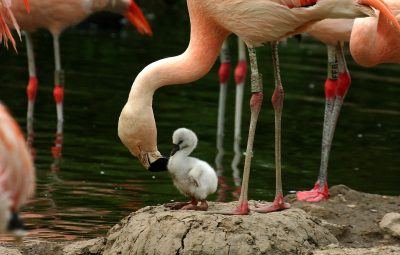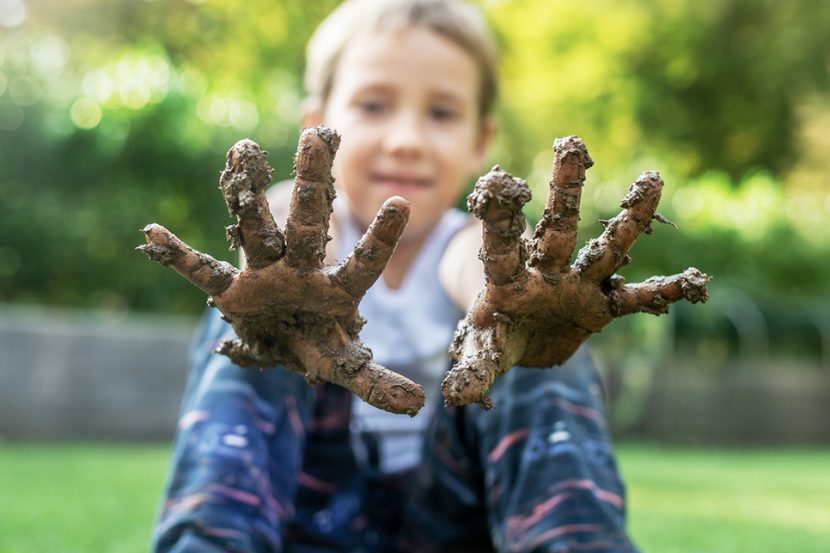
Mud is a miracle. Bugs and mini-beasts live in it. Birds and insects make their homes from it. And at WWT Washington’s ALL NEW Mudfest this February half-term, families across the North East can find out just how much fun they can have with it!
Come prepared to get messy and discover there’s more to mud than meets the eye with a full nine days of mud-themed activities, guaranteeing a family day out you’ll remember long after you’ve washed off your wellies.
‘Mud hub’ self-led area – activities from 10am daily
Enjoy squelchy, sludgy and seriously fun hands-on activities all day long on our events lawn. We’re talking mud flinging, sensory mud trays, muddy tug-of-war and our GIANT muddy puddle!
Daily staff-led activities – two per day
Make planning your February half-term fun a bit less stressful with our Mudfest calendar (below), showing the different timed activities we have on each day throughout the week, including muddy guided walks, muddy games, mud-themed story time and crafts using – you guessed it! – mud!
As well as enjoying the magic of playing with mud, visitors of all ages can learn more about what makes it so special for wildlife, how it plays a vital role in supporting biodiversity and the ways that wetland creatures have adapted to survive in a competitive muddy world.
Dr Christian Dunn, Associate Pro Vice-Chancellor for Sustainability of Bangor University, said: “When you see mud, you might not think of it as a tasty source of dinner, but that’s exactly what it is for many birds!
“Mud can be teeming with life, like bugs and molluscs; some of these have their homes in the mud itself while others scuttle across it – and all of them make the perfect meal for a whole host of different types of birds.”
Mud also acts as a natural sponge, absorbing excess water to protect us during floods and surging tides, and releasing this water when needed during dry seasons.
And muddy wetland habitats like saltmarshes store huge amounts of carbon from the Earth’s atmosphere, locking it away.
Dr Dunn added: “The more organic matter there is in your mud, the more dead plants there are; these plants are made up of lots of carbon, which can turn into the greenhouse gas carbon dioxide when they decompose.
“The more carbon dioxide there is in the atmosphere, the worse climate change will get. Good wet mud can stop the rotting plants in it from turning into carbon dioxide, making it one of the best weapons we have in fighting climate change.”
Ready to visit?
If you’ve been inspired to explore Washington Wetland Centre and get muddy this February half-term, find out more and plan your visit online.

